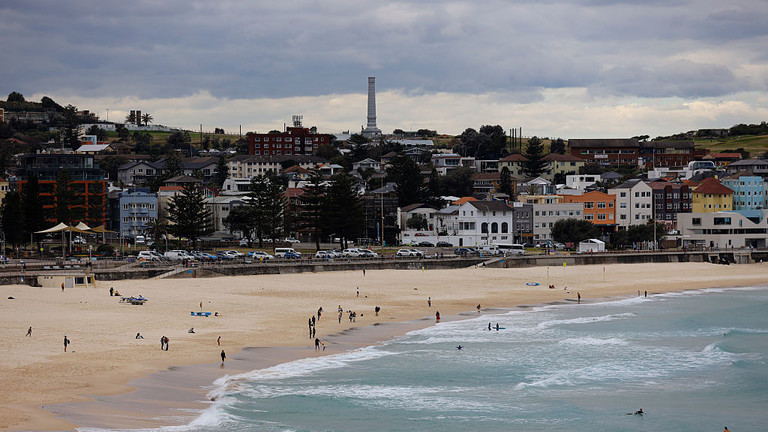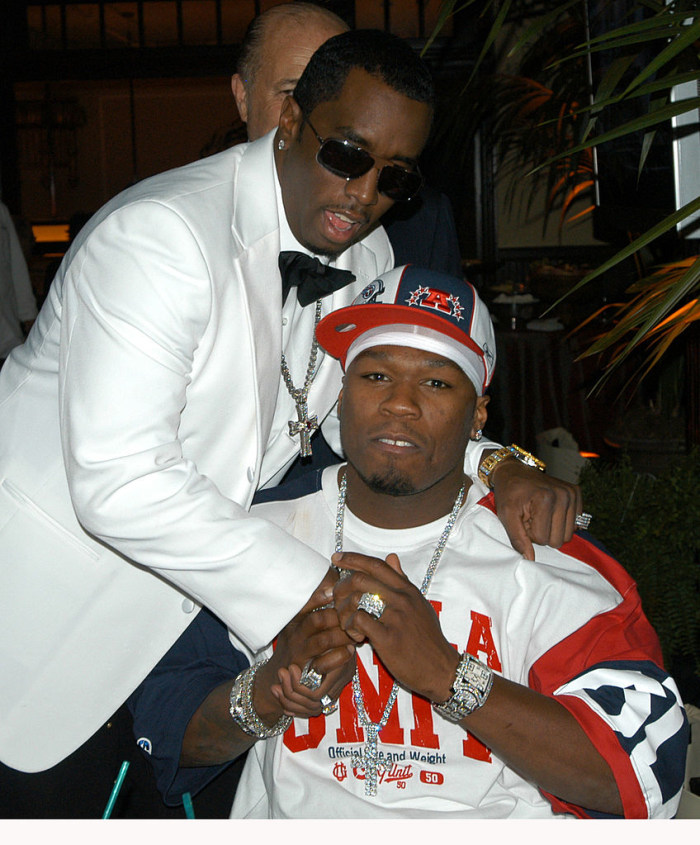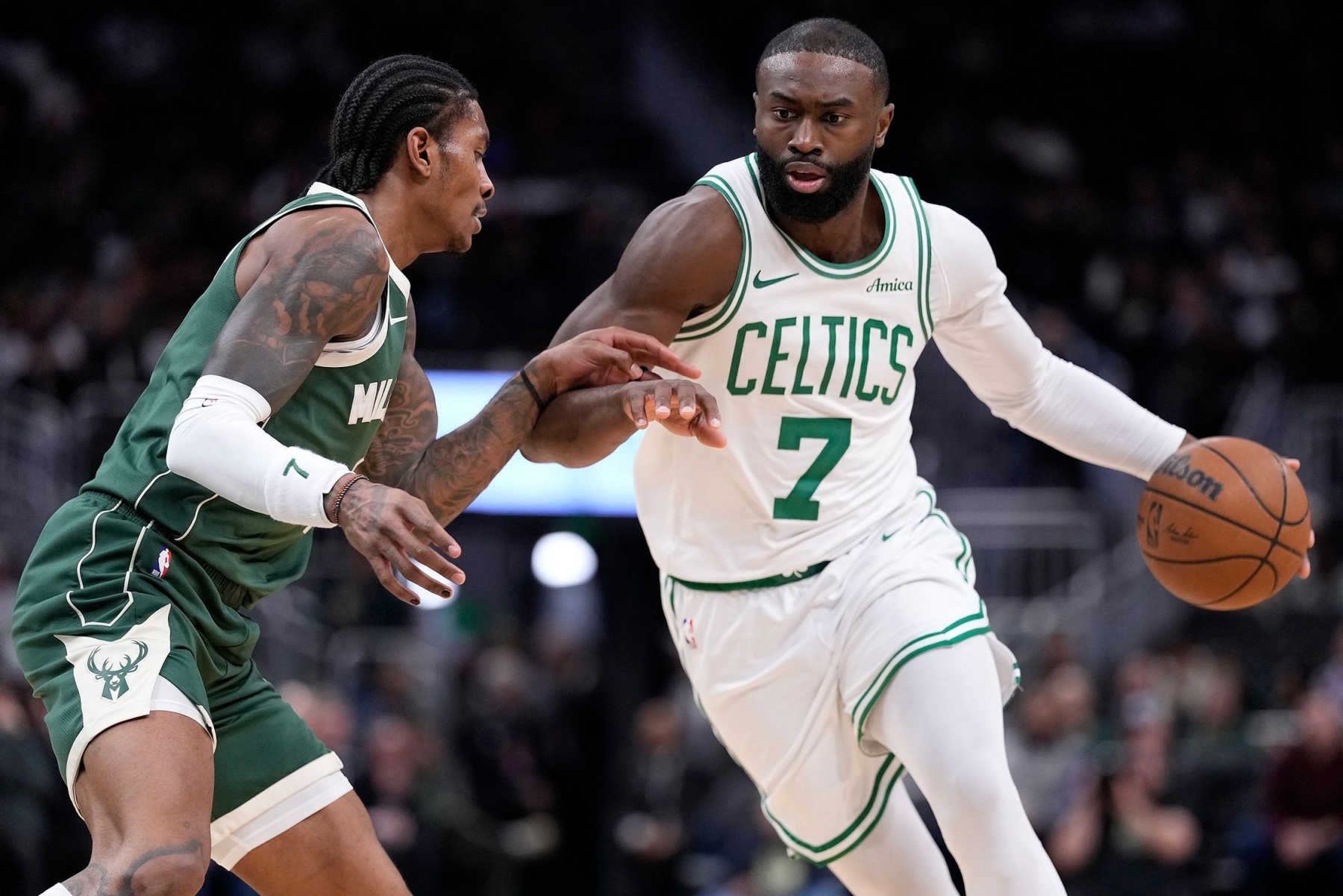
This article is more than
2 year oldMale grooming is booming. Here’s why
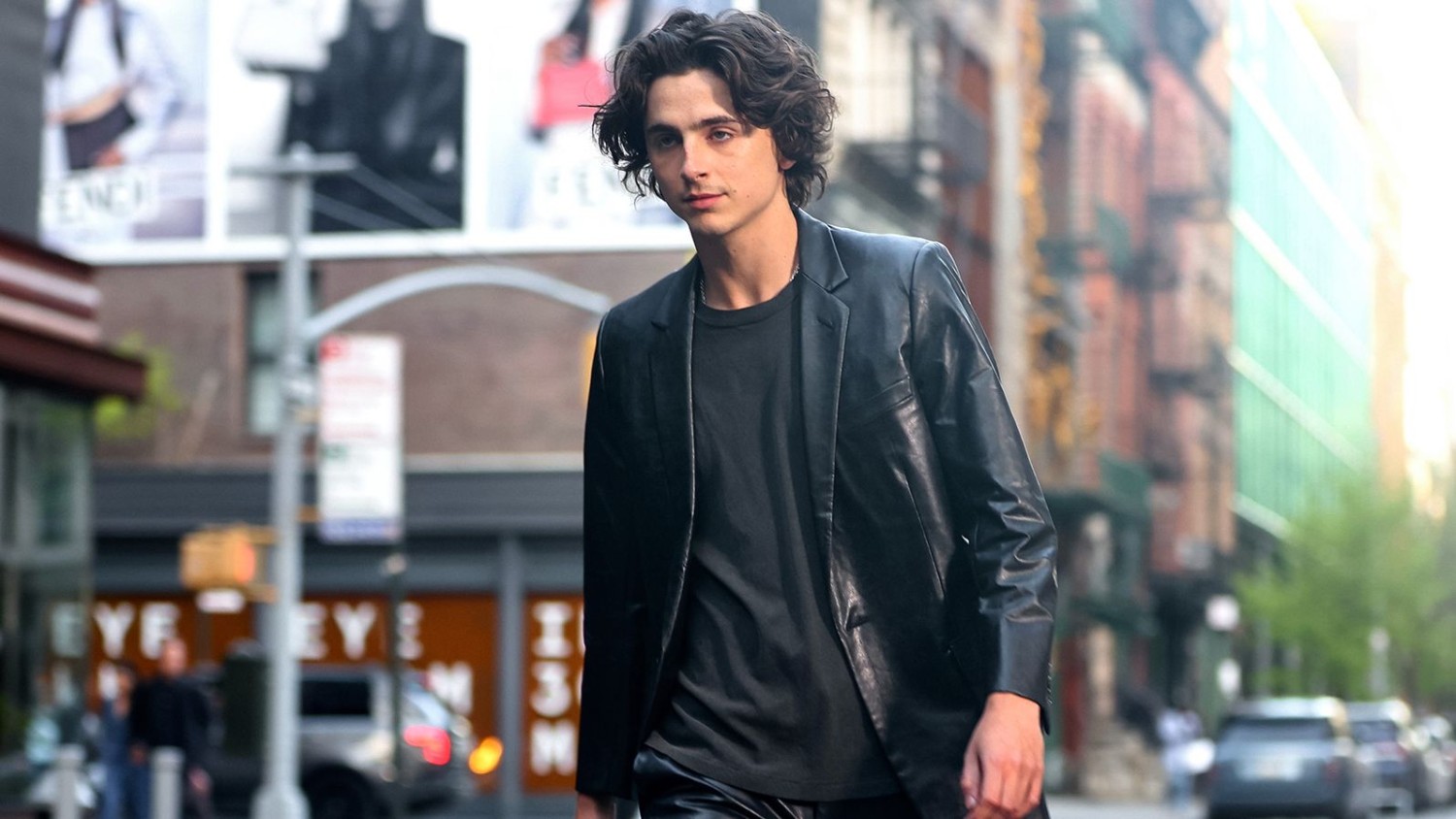
As a child of the ’90s, I vividly remember the one-size-fits-all approach with which male personal care products were sold during the first men’s grooming boom — when Gillette ruled the roost, soccer star David Beckham was everyone’s favorite metrosexual and serums were just a twinkle in the three-step-regime-obsessed industry’s eye.
Products laced with heavy “masculine” scents were invariably housed in black packaging — perhaps with flashes of neon yellow, blue or green — and the “multiple-functions-in-one” messaging was prevalent. The assumption was that men knew and thought little about the “feminine” act of self-care, with the focus therefore landing on convenience above all.
Today, thanks to shifting notions of masculinity, the prevalence of social media and a host of brave new poster boys perpetuating the idea that it’s OK to embrace self-care — and, in turn, self-expression — as a man, the potential for exciting new growth in the male grooming landscape is nothing short of exponential.
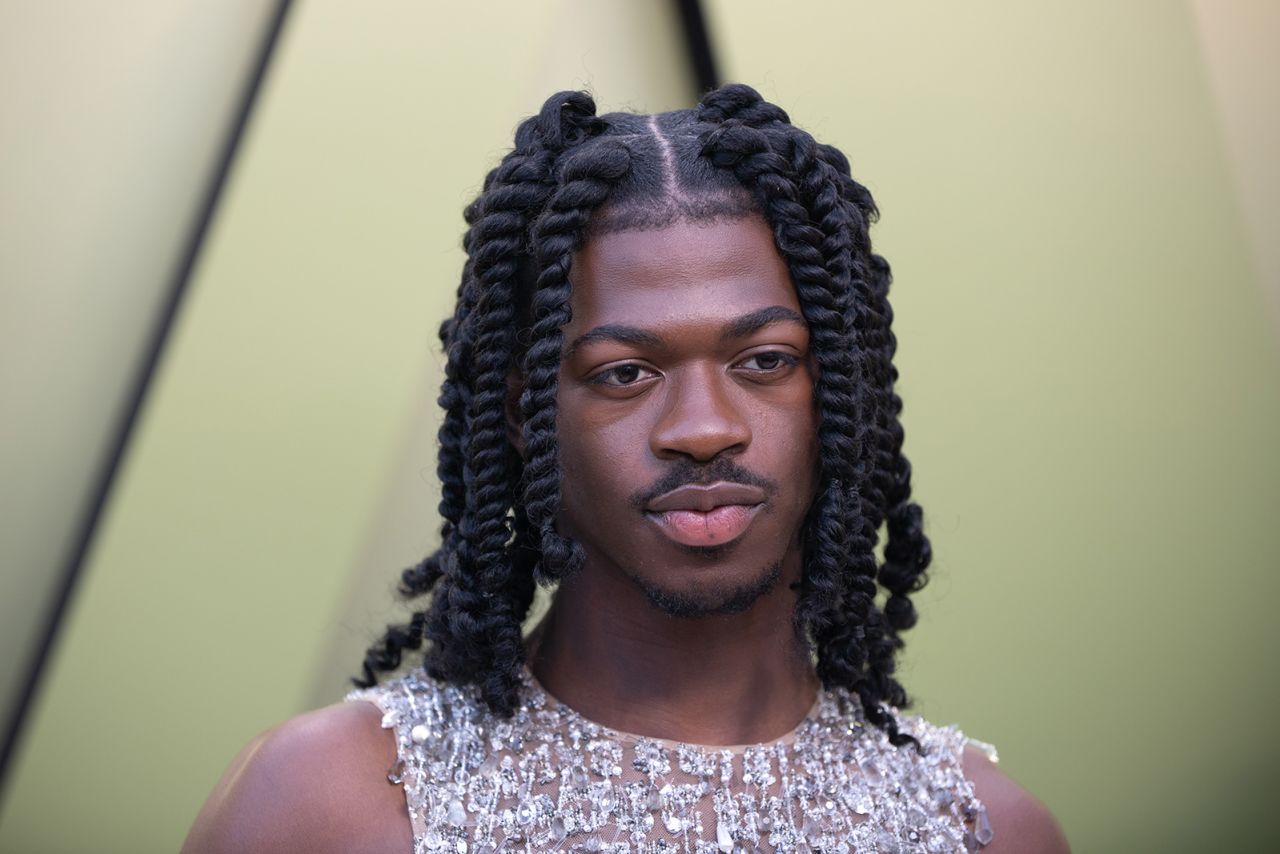
Beyond the multiple paradigm shifts, however, the growth of male grooming has also been helped by a wider dissemination of education on the topic, according to dermatologist Dr. Maryam Zamani. “Male grooming has seen substantial expansion because men are better educated in understanding skin concerns and are consequently using products better suited to their needs,” she said via email. “The skincare industry has also helped educate men on what products they should be using in their regimen.”
Brands, in turn, are becoming smarter in the way they market to men, lasering in on active ingredients and product efficacy while steering clear of hyperbole and overtly “masculine” packaging. Consider the success of The Ordinary, a brand that sells affordable, single-ingredient products in genderless packaging. The Ordinary’s parent company, Deciem, posted profits of $460 million in 2021, and some 38.68% of visitors to its website are men, according to digital data agency Similar Web.
“It’s true that men are becoming more aware of the importance of looking after their skin (and are getting more open to investing in their skin),” said dermatologist Dr. Stefanie Williams via email. “But they remain skin minimalists, going for core, evidence-based products such as retinoids with added benefits.”
According to Dr. Caroline Brooks, founder of The Glass House, an inclusive Dubai-based salon and spa, the most significant areas of growth in the men’s grooming industry are hairstyling, personalized grooming sets and beard care. “Men are investing more in products such as oils, balms and conditioners to keep their facial hair healthy and stylish,” Brooks said. “This trend is fueled by the desire for a rugged yet polished appearance, and the notion that a well-maintained beard enhances masculinity and self-confidence.”
It is skincare that dominates, however, with the sector making up some 45.6% of the global men’s grooming market. “Men are realizing the importance of proper skincare and are embracing cleansers, moisturizers and anti-aging products,” says Brooks. “This trend is driven by a combination of factors, including increased awareness of the benefits of skincare and changing societal norms that encourage men to take care of their appearance.”
In China, “a market where famous young men stare down at the public from billboards with seemingly luminous skin,” the male skincare market is also booming, Tiffany Ap reported recently for Business of Fashion, with market analysts Foresight Industry Research forecasting a value of over 20.7 billion yuan ($2.9 billion) by 2026, up from 12.5 billion yuan ($1.7 billion) in 2020.
“Underpinning this growth is a strong upwards trend for sports and exercise,” Ap wrote. “During last year’s Covid-19 lockdowns, skin care became more of a focus for both men and women, and since the lifting of restrictions, there has been a strong desire to get fit and indulge in self-care. As a result, many brands are educating consumers to do skincare routines before or after sports, focusing on cleansers, anti-acne products or products that carry SPF.”

When it comes to social media’s influence on the growth of men’s grooming, it’s TikTok that has led the charge. One need only scroll through the app to stumble on countless male-focused “get ready with me” videos and “how-tos” demonstrating guides to achieving the latest haircuts, like the Tikok-driven rise of the “e-boy cut” — a contemporary take on the center-part boy band ‘do that dominated the ’90s.
According to industry publication Cosmetics Business, there has been a 389% year-on-year increase in TikTok video views around male skincare search terms like #menskincare (462 million) and #mensskincareroutine (28 million), whilst the #mensgrooming hashtag has received 1.9 billion views. On Instagram, the latter hashtag has been used on some 3.2 million posts.
“The influence of social media on beauty standards has significantly impacted men’s approach to cosmetic treatments and skincare,” said dermatologist Dr. David Jack. “With the rise of Instagram and TikTok, where appearance is heavily emphasized, I’ve found younger men have become more conscious about their looks and are increasingly seeking out cosmetic procedures to enhance certain features.
“One notable trend that has gained popularity is the use of Botox and fillers, particularly in the jawline area. In the last few years, I’ve seen the proportion of men booking in for treatments at my clinic significantly increase. Indeed, our last audit showed that men make up 32% of our patient group.”
The American Society of Plastic Surgeons has reported that in the last 20 years, there has been a 99% leap in men receiving injectables, which are defined by The Plastic Surgery Clinic as “non-surgical, minimally invasive treatments that can enhance your look in a very subtle and natural way.”
Cosmetics for men are also continuing to increase in popularity. Data published by Ipsos in March 2022 suggests that “15% of heterosexual men aged 18–65 in the US currently use male cosmetics and makeup; and an additional 17% would consider using it in the future.”
Thanks to the boundary-breaking work of brands like Pleasing, cooked up by Harry Styles to sell genderless nail polish, and dedicated men’s make-up lines from Chanel and War Paint, this new frontier of the men’s grooming empire looks set only to expand.

